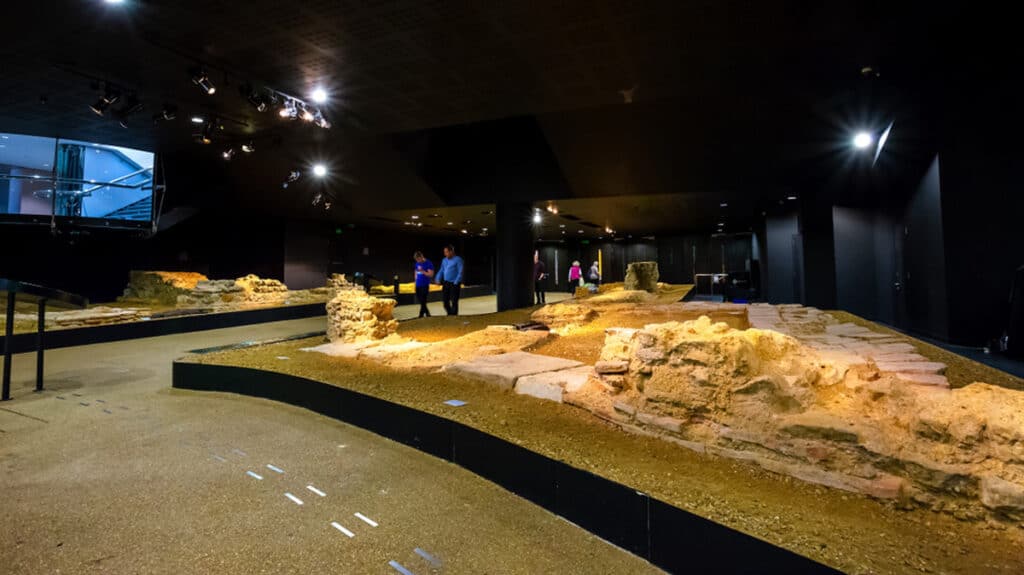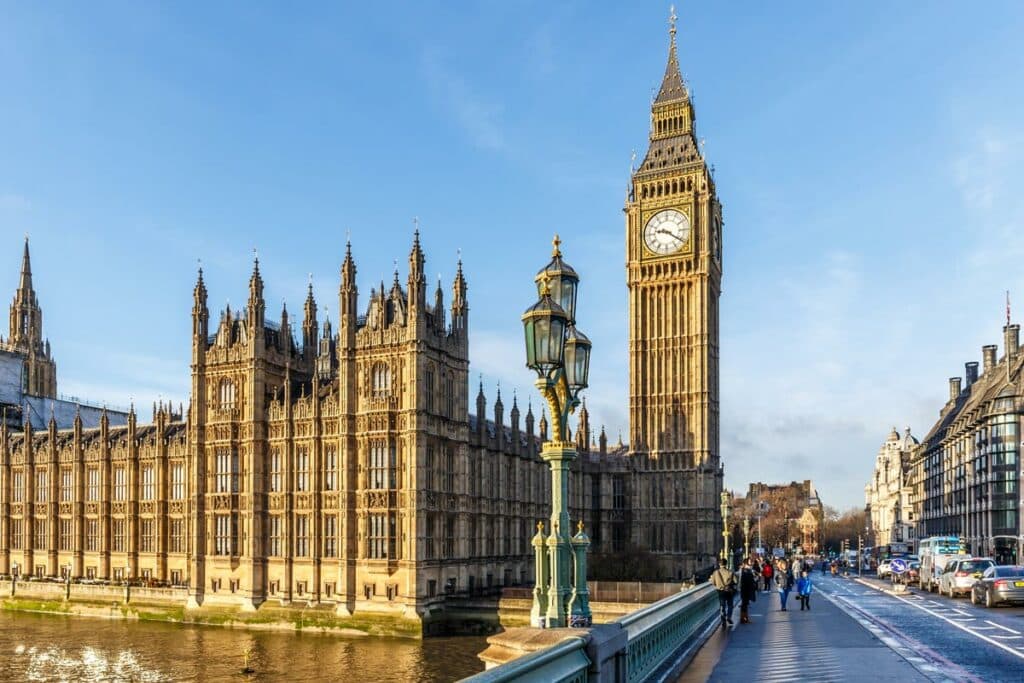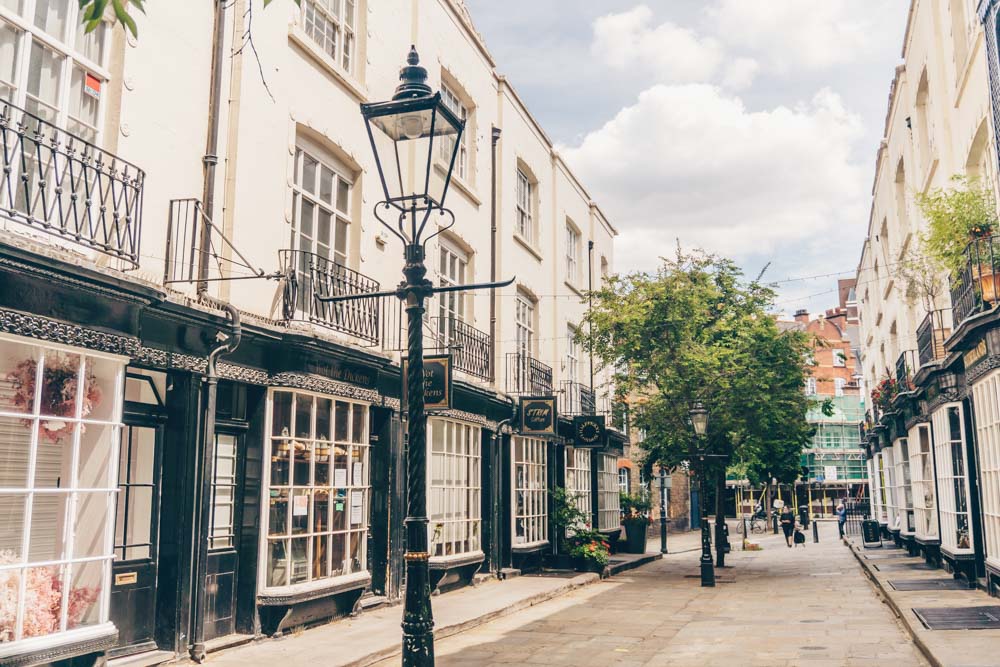We explore the history of an astonishing discovery – that of London’s Roman amphitheatre.
Did you know London had a Roman amphitheatre? No one did until 1988. It was discovered, almost totally out of the blue underneath The Guildhall. The discovery shed new light on The Guildhall’s already very historic past, and on the city that we all call home.
You can go and see the amphitheatre and walk among what’s left of it. It’s an afternoon out that promises illumination and a moment to think about just how old London is, because the story behind its Roman amphitheatre is nothing short of amazing.
Why Visit London’s Roman Amphitheatre?
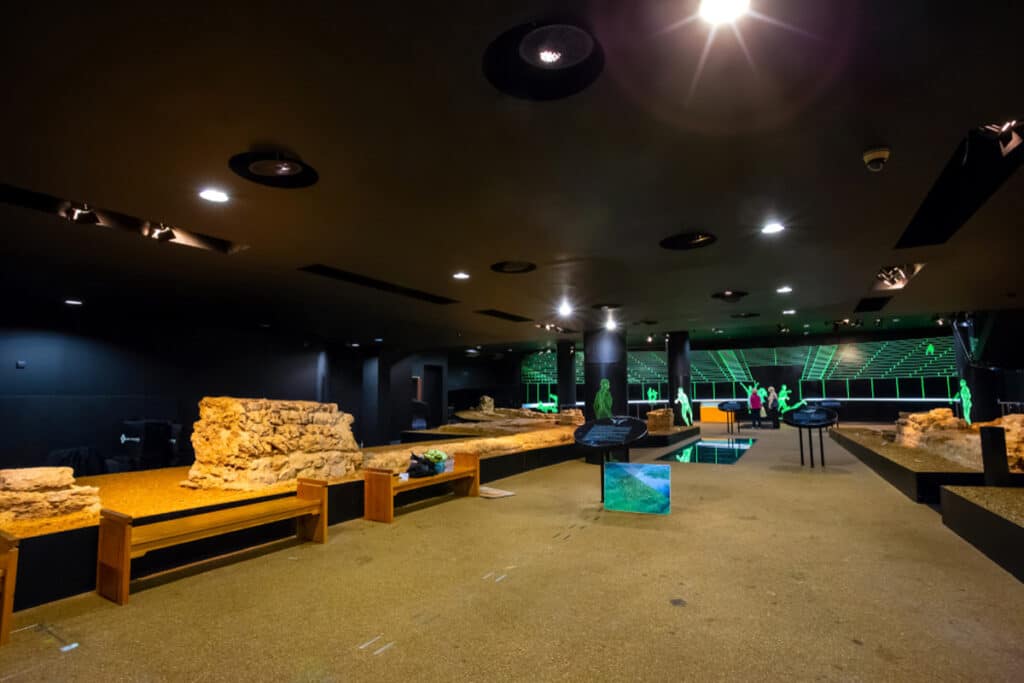
Well, because it’s not every day you get to walk in a Roman amphitheatre, but also because you’ll be walking in the footsteps of the Londoners that gave this city its name. It’s changed a lot since Roman times, today the terraced seating is replaced with artist representations but it’s still a fascinating place to discover.
You’ll also be visiting a very interesting art gallery and The Guildhall, one of the most interesting and important buildings in The City of London.
The History of London’s Roman Amphitheatre
Discovery
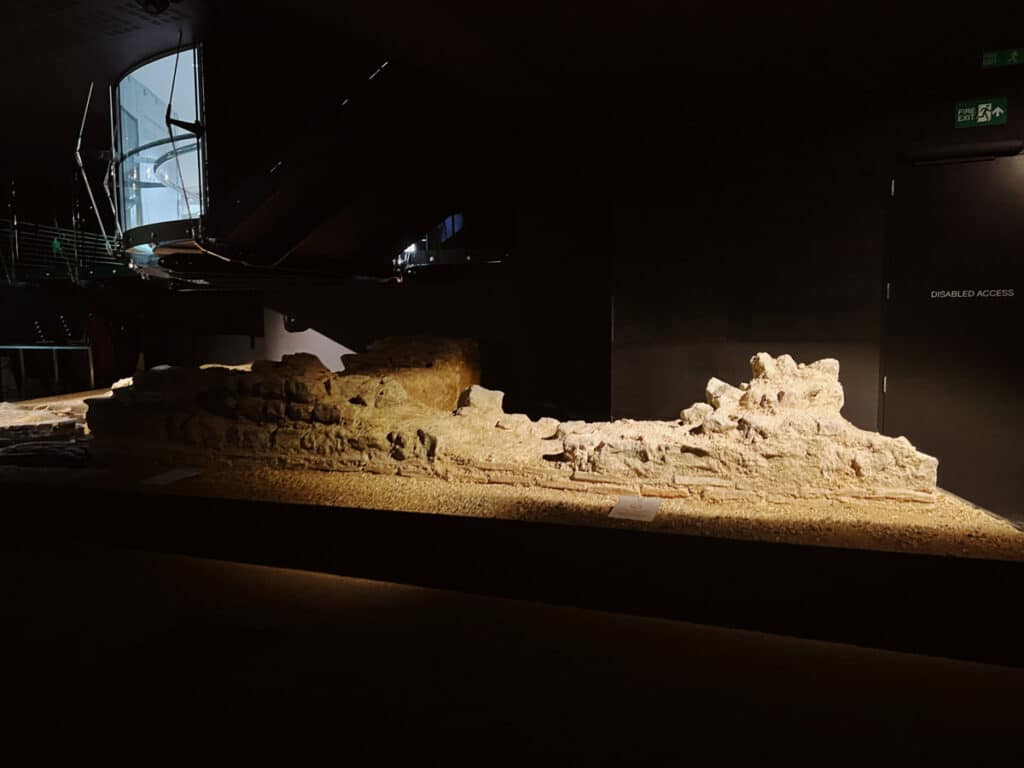
The year is 1988. The Guildhall in The City of London was excitedly planning the opening of an art gallery on their premises. This gallery would showcase a truly exceptional collection of paintings from great masters that’ve used London as their muse – works that charted the history of London through the previous centuries on canvas.
Little did they know they were about to stumble upon a discovery that would illustrate a segment of London’s history as well as any painting could.
During a routine survey of the ground the gallery was to occupy, workers unearthed the ruins of a Roman amphitheatre.
The Romans
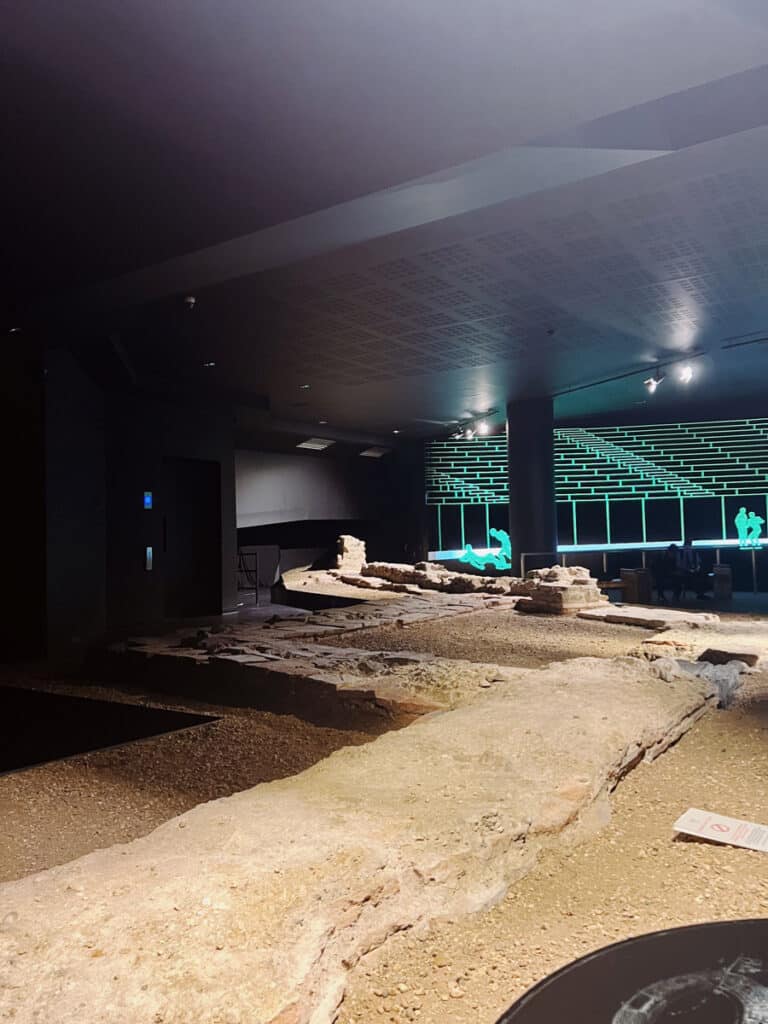
The Romans, if anything other than inexorable conquerors were urbanists. If they rolled into town you knew there was going to be real change. When they arrived in London, it was probably little more than a fishing settlement of wooden structures.
They set about transforming it into a city that could support the Roman way of life. That included a forum for politics, a sewer system, temples and of course a building that’s pretty much come to be the emblem of the Roman Empire: the amphitheatre.
Part sports arena, part pit of gladiatorial death, the amphitheatre was a centre of civil life in every major Roman settlement from London to Constantinople. It would have been one of the larger structures in town, surrounded by markets and taverns, a place to meet and socialise and blow off steam.
Guildhall
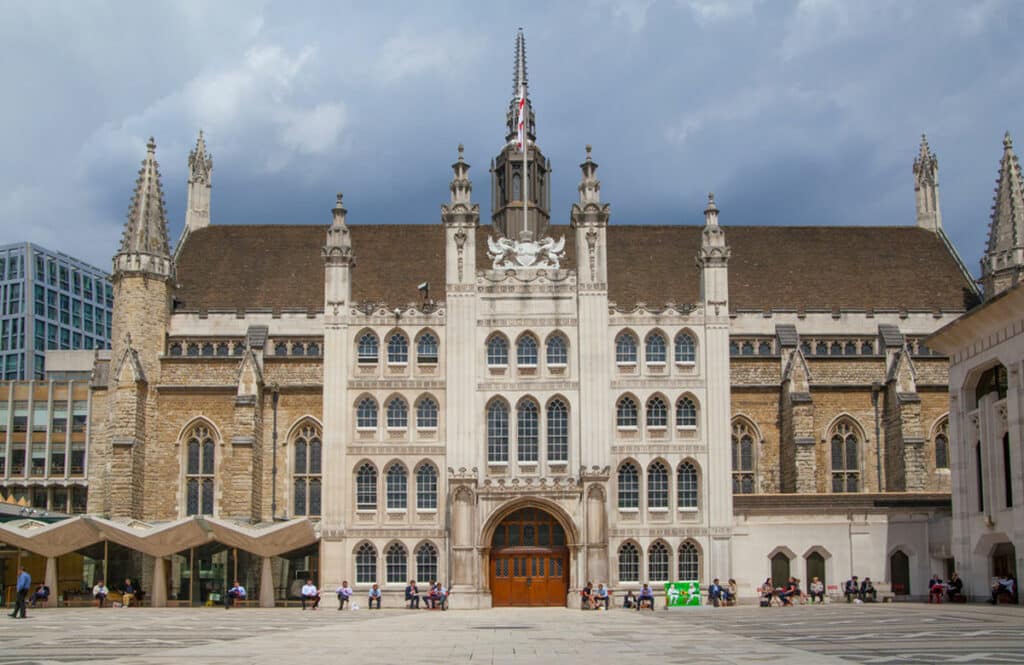
The Romans would eventually fall, but long after they’d left Britain, their buildings would remain. The next people to colonise the British Isles would be the Saxons. Here the history of London’s Roman amphitheatre takes an interesting turn.
Although the Saxons wouldn’t have had any knowledge of the Roman Empire, they would have found London full of its grand architecture. Perhaps unaware of the building’s intended function they turned the amphitheatre into a guildhall – something like their version of the Houses of Parliament, but less of a grasp on democracy.
This decision would echo through the ages right to the present day. If you visit the amphitheatre you’ll find it buried underneath The Guildhall, now the centre of government for The City of London, in the same place that the Saxons picked for their political hub 1600 years ago.
But when was the London amphitheatre lost? No one really knows. Interestingly, during excavations, the dig team unearthed a 13th-century gate that stood at the amphitheatre’s entrance, indicating the building was either still there or its legacy had carried through to the next millennia.
Excavations were completed in 2002 and for the first time in 2000 years, it was once again open to the public, though with a lot less bloodshed.
The Guildhall Amphitheatre: Practical Information
Address: Guildhall Yard, London EC2V 5AE
Opening Times: Monday – Sunday, 10:30am – 4pm (Last entry 3:45pm)
Tickets: Free to enter as part of the Guildhall Art Gallery

